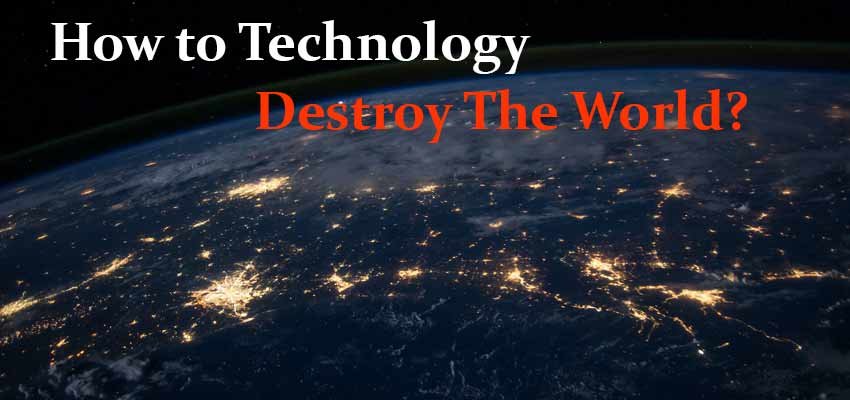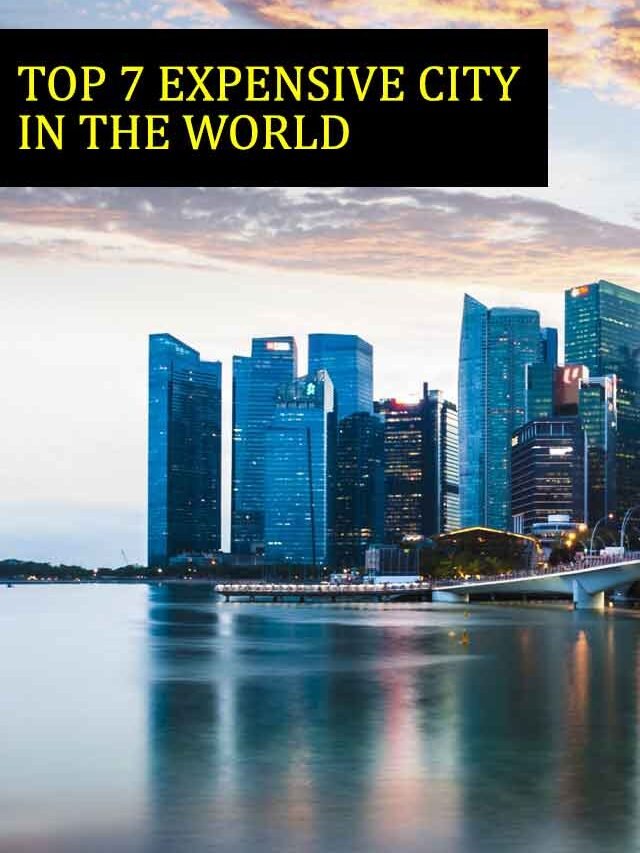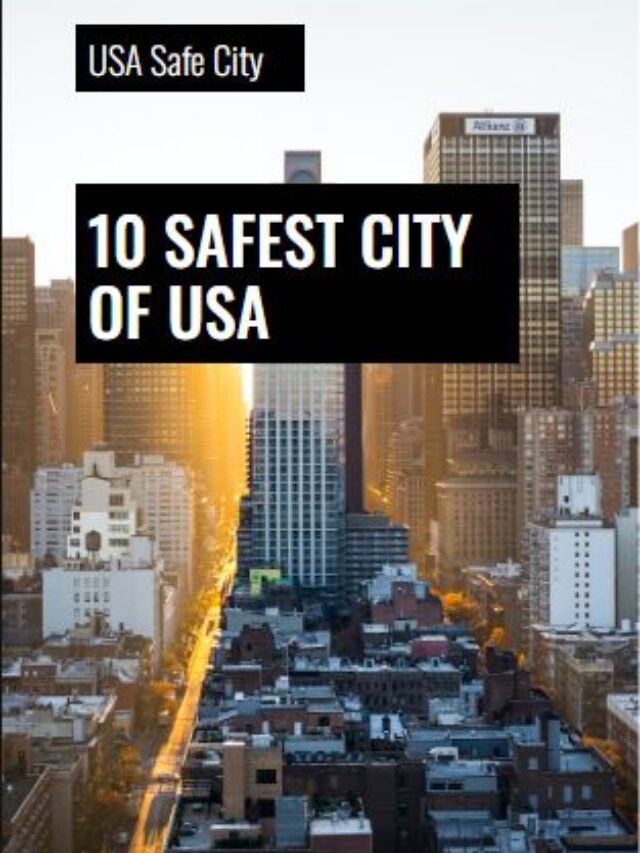how to technology destroy the world? Dual Nature of Technology, Dangrous side of technology, AI is dangerous? How to save life from dangerous Tech effects.
The Dual Nature of Technology: Navigating Risks and Embracing Solutions

In the modern era, technology has become an inseparable part of our lives, revolutionizing how we interact, work, and live. Yet, amid the marvels of technological progress, we must remain cautious of its potential darker aspects. This article delves into the potential hazards technology may pose to our world while exploring effective strategies to prevent or mitigate these risks.
II. Unintended Consequences of Rapid Technological Advancements
A. Balancing Innovation and Accountability: The relentless acceleration of technological breakthroughs offers tremendous opportunities, but it also demands responsible management. For example, the swift development of autonomous vehicles could bring safer roads, yet we must anticipate ethical dilemmas such as programming vehicles to handle unavoidable accidents.
Similarly, gene-editing tools like CRISPR-Cas9 promise groundbreaking medical advancements, but we must tread carefully to avoid unintended ethical dilemmas concerning human enhancement and designer babies. By conducting thorough risk assessments and engaging in ethical discussions, we can proactively navigate these uncharted waters.
B. Confronting Environmental Challenges: Our love for electronic gadgets contributes to a mounting environmental crisis – e-waste. Millions of tons of discarded electronics contaminate our environment with hazardous materials, posing serious health risks.
Furthermore, the escalating energy consumption of data centers and digital infrastructure exacerbates climate change. As the Internet of Things (IoT) expands, energy demands skyrocket, necessitating eco-conscious solutions.
To counter these environmental challenges, adopting sustainable practices and prioritizing green technology are imperative. A shift towards circular economies, where electronic devices are refurbished and recycled, can mitigate e-waste. Embracing energy-efficient technologies and renewable energy sources in data centers can make a substantial difference.
III. AI Governance: Navigating Ethical Challenges
A. The Looming Threat of Autonomous Weapons: Artificial Intelligence holds immense potential to transform industries, but its unchecked development could lead to unintended consequences. Particularly concerning is the application of AI in autonomous weapons systems, raising ethical dilemmas about the escalation of conflicts and civilian safety.
B. Unbiased AI: An Ethical Imperative: AI systems are only as impartial as the data on which they are trained. The lack of curation can perpetuate biases, deepening existing social inequalities. To harness AI responsibly, we must develop AI systems with transparency, fairness, and accountability in mind.
IV. Technology’s Role in Social and Political Disruption
A. The Misinformation Quagmire: In the digital era, misinformation proliferates through social media platforms, online forums, and messaging apps. False narratives and conspiracy theories can erode public trust in institutions, incite violence, and manipulate elections.
To combat misinformation, a united effort involving governments, tech companies, and individuals is essential. Platforms must prioritize fact-checking and algorithmic transparency, while education programs on digital literacy and critical thinking empower individuals to discern credible information.
B. Striking the Balance: Privacy and Surveillance: As technology pervades our lives, concerns about privacy and surveillance intensify. Governments and corporations amass vast amounts of data, leading to potential abuses and breaches of privacy.
Implementing robust data protection laws, adhering to strict privacy policies, and establishing transparent surveillance programs with clear regulations and oversight are key to safeguarding privacy while maintaining security.
V. Solutions to Mitigate Negative Impacts
A. Ethical Technology Development: Developers and researchers must engage in interdisciplinary collaboration, prioritizing ethical considerations throughout the innovation process. Ethics boards can review projects, ensuring compliance with ethical standards.
Adopting the precautionary principle can help anticipate and address potential risks even when scientific evidence remains incomplete, preventing unintended consequences.
B. Sustainable Practices and Eco-friendly Innovations: Promoting circular economies, recycling electronic devices, and adopting energy-efficient technologies can significantly reduce the environmental impact of technology.
Governments should incentivize green technology research and development, fostering a collective transition to a sustainable digital ecosystem.
C. Global Cooperation and Regulation: International agreements on emerging technologies such as AI and biotechnology can establish ethical guidelines and prevent a dangerous race for supremacy.
Regulatory bodies equipped with expertise and authority must oversee technology development, conduct risk assessments and implement necessary regulations to protect public welfare.
D. Empowering Digital Literacy and Critical Thinking: Incorporating digital literacy education in curricula and media literacy programs can equip individuals with the tools to discern credible information from falsehoods.
Promoting respectful and evidence-based discussions within online communities can foster a culture of informed discourse, reducing the influence of misinformation.
Conclusion: How to Technology Destroy The World?
While technology carries inherent risks, our actions and decisions hold the key to determining its impact on the world. By acknowledging potential hazards, embracing responsible development, and fostering global collaboration, we can channel technology’s potential for good. As we tread this delicate path, let us create a harmonious balance, leveraging technology to enhance humanity’s well-being while preserving the planet for future generations.
Read Also: How to Create an AI Chatbot: A Step-by-Step Guide
Read Also: Exploring the Best ChatGPT Alternatives









